Stories Category: Intensive Care
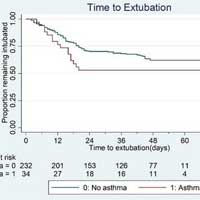
Asthma Among Hospitalized Patients with COVID-19 and Related Outcomes
Among hospitalized patients 65 years or younger with severe COVID-19, asthma diagnosis was not associated with worse outcomes, regardless of age, obesity, or other high-risk comorbidities. Future population-based studies... read more

Shorter Resident Shifts May Not Improve Patient Safety
Residents who worked schedules that eliminated extended shifts made a greater number of serious errors than those who worked schedules with shifts of 24 or more hours, a trial in the New England Journal of Medicine reported. The... read more
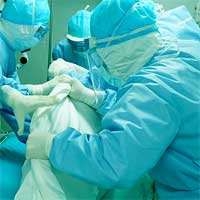
Awake Prone Positioning for COVID-19 Hypoxemic Respiratory Failure
Infection with SARS-CoV-2 can result in Coronavirus Disease–19 (COVID-19). While the majority of patients are asymptomatic or have mild disease, approximately 14% develop more severe disease including hypoxemic respiratory... read more
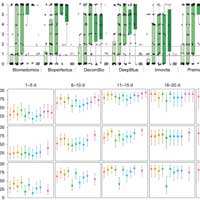
Evaluation of SARS-CoV-2 Serology Assays Reveals a Range of Test Performance
Appropriate use and interpretation of serological tests for assessments of severe acute respiratory syndrome coronavirus 2 (SARS-CoV-2) exposure, infection and potential immunity require accurate data on assay performance.... read more
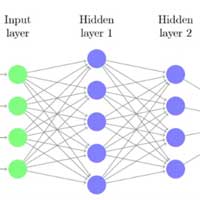
Artificial Neural Networks Improve Prediction and Risk Classification in ICU Patients
A supervised machine learning model using artificial neural networks (ANN) predicted neurological recovery, including survival excellently, and outperformed a conventional model based on logistic regression. Among the data... read more
When Should I Worry About a PE in a Patient with COVID-19
PE diagnosis in COVID-19 patients is challenging. Many of the features of PE, such as shortness of breath and hypoxemia, are very common in patients with COVID-19, even in the absence of PE. Further, the diagnostic tests... read more
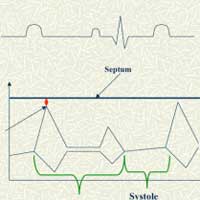
EPSS vs. Fractional Shortening for LV Function – Is EPSS Good Enough?
In a recent issue of the Journal of Ultrasound through AIUM, Weekes et al. (and Kendall et al in AM J EM) talk about a hot topic that emergency and critical care physicians hold dear to them – the EPSS , or E-point septal... read more
What Do Our Critical Care Nurses Need Right Now?
After experiencing the most intense period of work, our critical care nurse workforce need us to consider their needs carefully right now. In this webinar we explore individual, team and systems factors at play, and discuss... read more
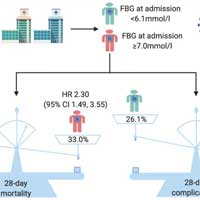
FBG at Admission is an Independent Predictor for Mortality in Patients with COVID-19
Fasting blood glucose (FBG) ≥7.0 mmol/l at admission is an independent predictor for 28-day mortality in patients with COVID-19 without previous diagnosis of diabetes. Glycaemic testing and control are important to all... read more
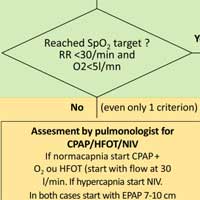
Respiratory Support in Patients with COVID-19
Non-invasive respiratory support could be useful in treating COVID-19-related acute respiratory failure (ARF). A rational use of different techniques (oxygen therapy, CPAP, NIV or HFOT) by a trained pulmonologist could allow... read more
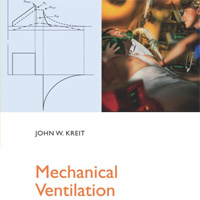
Mechanical Ventilation: Physiology and Practice
Mechanical ventilation is an essential life-sustaining therapy for many critically-ill patients. As technology has evolved, clinicians have been presented with an increasing number of ventilator options as well as an ever-expanding... read more
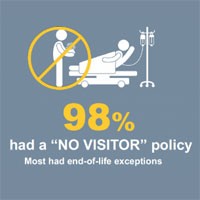
Variation in Hospital Visitor & ICU Communication Policies Due to COVID-19
A new study documents how 49 of those hospitals reacted, and how those efforts varied. It finds that virtually all hospitals put in place a "no visitors" blanket policy. But 59% of hospitals did allow some exceptions to this... read more

Turn the Lights On!: A Physician’s Personal Journey from the Darkness of Traumatic Brain Injury (TBI) to Hope, Healing, and Recovery
Often misdiagnosed and misunderstood, traumatic brain injury (TBI) may be a life-altering event which can produce a wide range of symptoms affecting physical as well as psychological health. Indeed, all senses can be affected,... read more

Perceived Barriers to Rapid Response Team Activation Among Nurses
The purpose of this literature review was to investigate the major barriers nurses face when it is necessary to seek additional assistance and resources by calling the rapid response team (RRT) in order to manage and stabilize... read more

How AI is Reshaping Healthcare During COVID-19
As the healthcare and pharmaceutical industries rush to tackle a wide range of COVID-19 challenges, from developing treatments and sourcing medical supplies to mitigating outbreaks and racing towards a vaccine, the use of... read more

Scvo2 in Sepsis: A Measurement Provided by Respiratory Care Practitioners
When treating patients with sepsis, intensive care unit (ICU) and emergency department clinicians have learned that improved outcomes occur when staff members work together as a team. This article outlines the value of central... read more
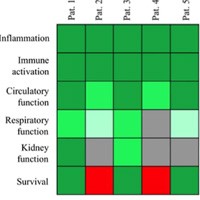
Plasma Exchange in Critically Ill COVID-19 Patients
The spectrum of coronavirus disease 2019 (COVID-19) ranges from asymptomatic infection to respiratory failure and death of patients. Severely affected patients may develop a cytokine storm-like clinical syndrome with multi-organ... read more








